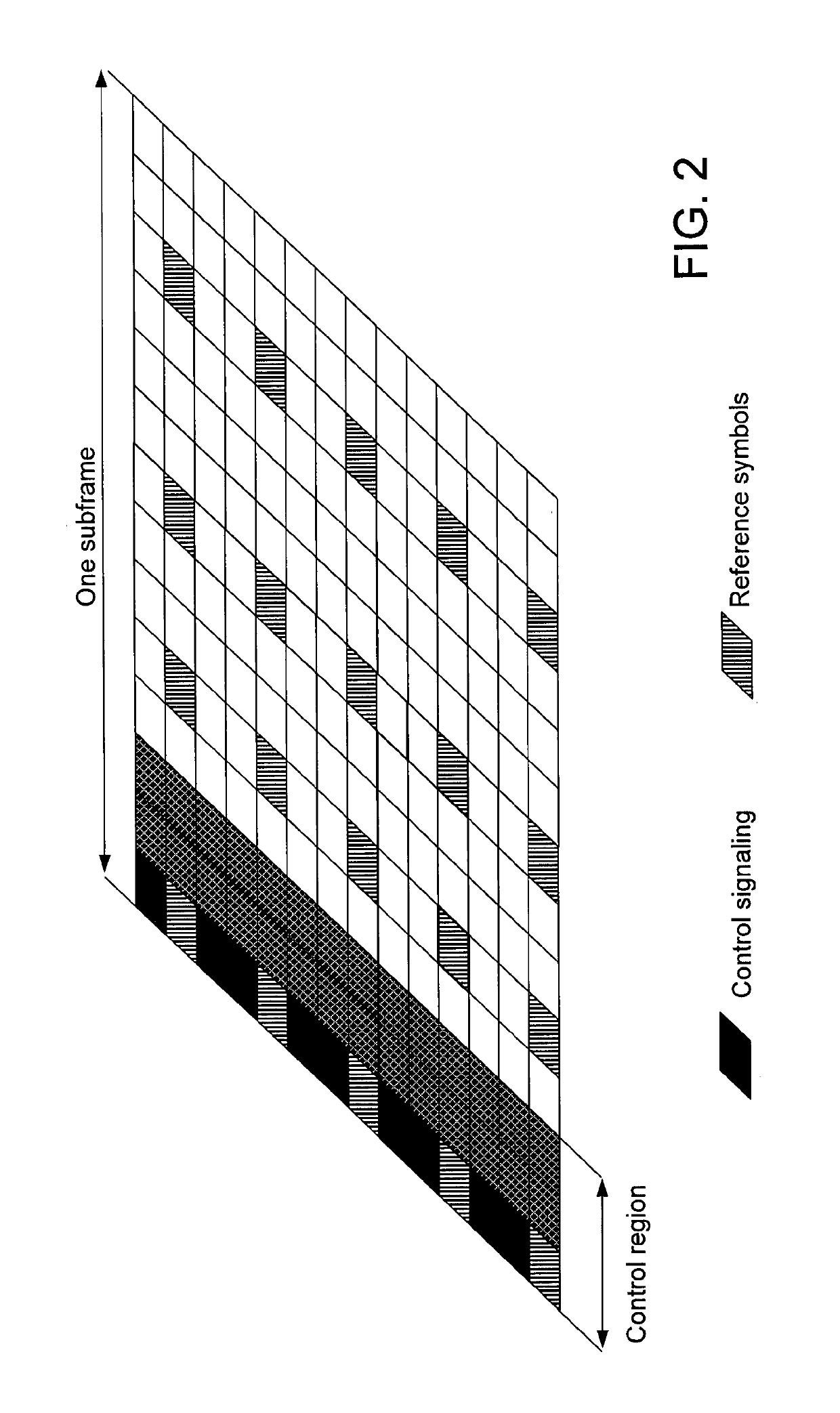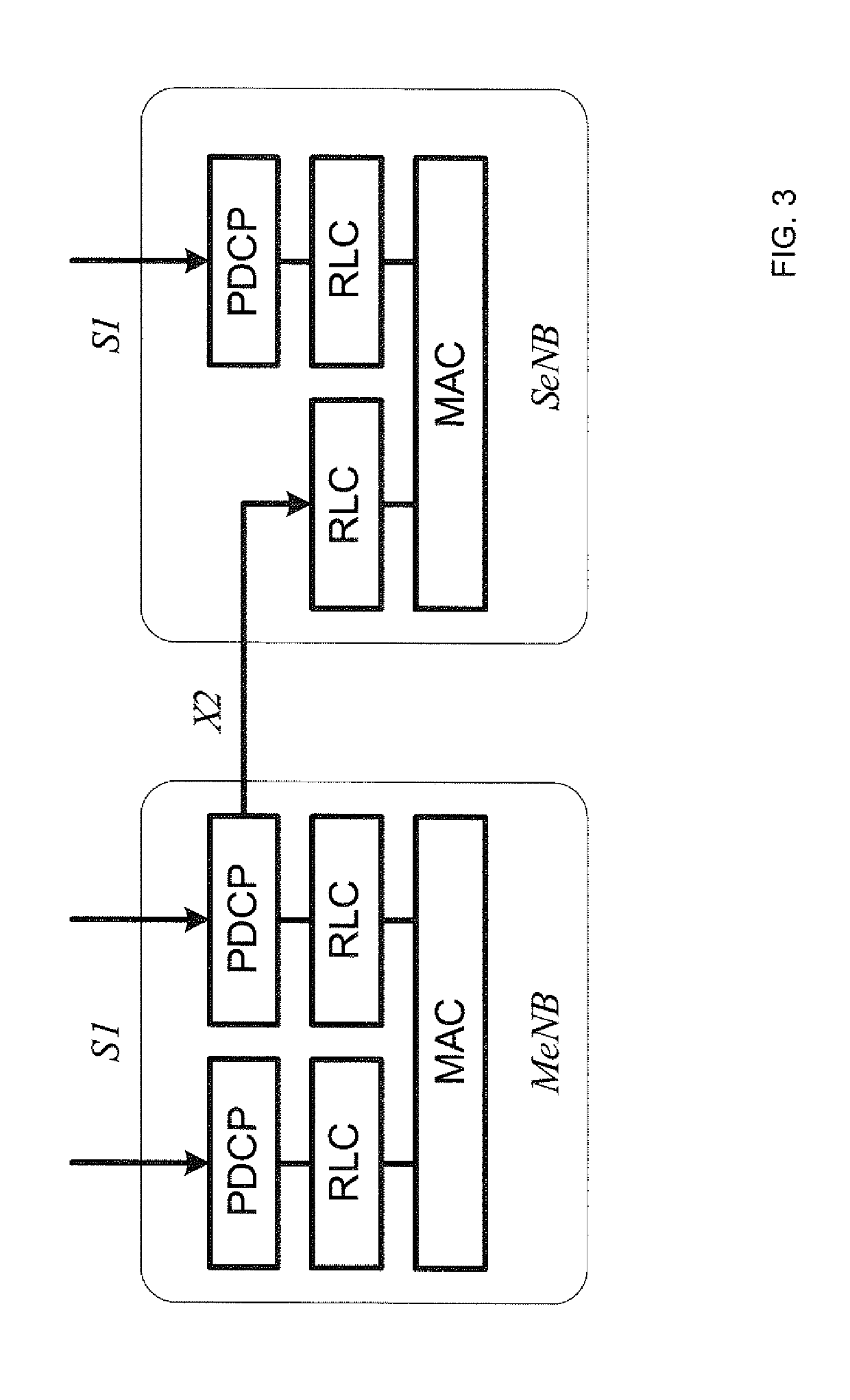Simultaneous Camping And Paging Coordination In Two Different Radio Access Technologies
a radio access technology and simultaneous camping technology, applied in the field of wireless communication, can solve the problem of limited area in which the ue can potentially be paging in the same manner, and achieve the effect of efficient simultaneous camping
- Summary
- Abstract
- Description
- Claims
- Application Information
AI Technical Summary
Benefits of technology
Problems solved by technology
Method used
Image
Examples
Embodiment Construction
[0048]In the following, embodiments are described with reference to the appended Figures. It is noted that the following description contains examples only and should not be construed as limiting the invention. A person skilled in the art will recognize additional features and advantages upon reading the following detailed description. Further, similar or same reference signs indicate similar or same elements or operations.
[0049]Embodiments of the present invention facilitate having a terminal device (UE) to simultaneously camp on at least two different wireless radio access technologies (RATs) when an interworking or integration between the two RATs is employed to increase the flexibility for the UE to move around the coverage of different RATs without having to update the network when it moves from one RAT to another. Here, the terminal device (which is also referred to as UE in the following) may be a mobile or a fixed terminal device. The terminal device is a wireless terminal d...
PUM
 Login to View More
Login to View More Abstract
Description
Claims
Application Information
 Login to View More
Login to View More - R&D
- Intellectual Property
- Life Sciences
- Materials
- Tech Scout
- Unparalleled Data Quality
- Higher Quality Content
- 60% Fewer Hallucinations
Browse by: Latest US Patents, China's latest patents, Technical Efficacy Thesaurus, Application Domain, Technology Topic, Popular Technical Reports.
© 2025 PatSnap. All rights reserved.Legal|Privacy policy|Modern Slavery Act Transparency Statement|Sitemap|About US| Contact US: help@patsnap.com



